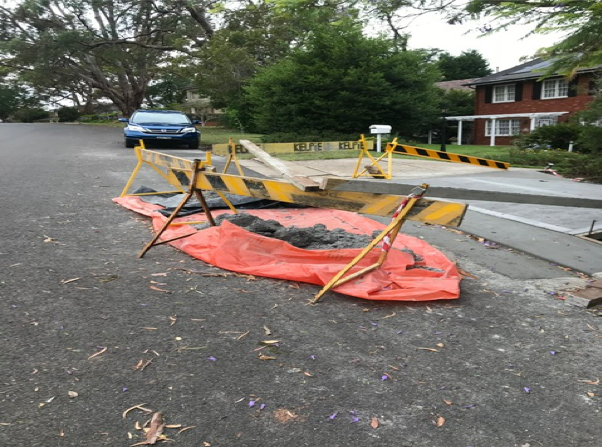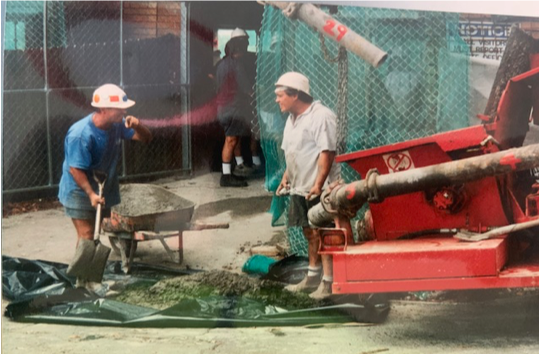Hello again, as mentioned in our introductory post, over the years we have had feedback from different builders in the industry about their problems. As a growing company with a specialised service, we have used the feedback to help guide our growth to better serve the construction industry and assist in solving the problems and associated costs in that specific sector and making the full process sustainable.
Here are some of the things we have learned
- The cost of waste. The most generally talked about problem, is the increase in cost of waste over the years. Builders on larger sites have the option of getting different skip bins to separate waste streams and increase recycling and reducing the amount of waste going to landfill. The builders on confined spaces, besides having a logistical problem, need to reduce the amount of waste produced on their site.
- Some builders tell us that some skip bin companies are having an issue with wet concrete being tipped into their skips. This wet concrete when dried is getting stuck to the inside of the skip and causing a problem when they attempt to tip. Besides getting stuck in the bin, the concrete also binds to the general waste making the separation of waste for recycling difficult, resulting in sending more concrete to land fill.
- After a concrete pump has been washed and the washout water hasn’t been contained properly, council fines are a major concern. There is also the labour and time to clean up the mess and the cost can add up.
- Hidden costs can make a budget blow out, so more builders are calculating their hidden costs associated with crane or manitou time relating to the movements in delivering and emptying the concrete washout tray, and also the waste cost when tipping the concrete into the onsite skip. There is also the time in finding storage space for the washout tray to live.
- Sustainability is slowly becoming more important in the construction industry. Some of you may be nodding in agreement, some may be thinking not the greenies again! Sustainability encompasses, social, environmental, and economic factors. Those ahead of the curve may be looking for new systems to assist them to advance in that area.
- Plastic waste is becoming a bigger concern to some in the construction industry as a lot is used when pumping concrete. The contamination of plastic in concrete for recyclers is becoming a bigger problem as recycling of a clean product can make money for some and save money for others. Companies concerned in sustainable practices may be interested in reducing the use of plastic in this area.
As we go through the different methods used by different builders, I’ll leave it up to you to make your own mind up. Maybe you have done the same or maybe you have found a different method that has helped you make some savings. Feel free to comment as we are here to help each other out.

Residential Building Waste
Let’s start with this residential builder. They have decided to contain their washout waste by lining the street with plastic. The common feedback from different builders when shown this shot, is about the hard labour needed to break up and remove the concrete. There is also the time to go to the tip and back, with tips fees, and that time could be better spent out on their boat, fishing! Jokes aside, each of us will have a thought on the cost of time and labour and how each of those can be spent productively.
EPA Fines and Personal Risk 
There is the possible risk of a fine with this waste left on the road, not only as a driver’s hazard, but when the water is released, even though it would be clear, is still very high in pH and would run into the stormwater.
No crane or manitou, just plastic, some shovels, a wheelbarrow and a pile of concrete and couple of young blokes, hopefully no bad backs, and off we go. Not sure what they will be doing with the water?
Next post, the problem with plastic washout bags.
Want to know more, then get in touch
